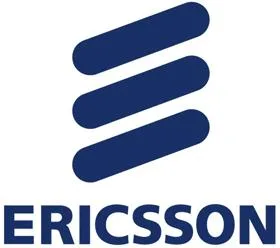Ericsson (NASDAQ: ERIC) today announced it will receive a Technology & Engineering Emmy® Award from the National Academy of Television Arts & Sciences for its work in enabling closed-loop statistical multiplexing of geographically distributed encoders.
This will be Ericsson’s sixth Emmy® Award, which will be formally presented to the company at a ceremony on January 8, 2016 in Las Vegas.
Ericsson has been a market-leader in the delivery of advanced encoding solutions for over 25 years, shaping the industry with solutions that have enabled continual transformation of TV services offered to consumers. Its latest pioneering work in geographically-distributed statistical multiplexing was in response to the challenges that wide-area direct broadcast satellite service providers have to deliver all local market broadcast stations due to limited transponder bandwidth. The development of ‘remote statmux’ technology enables these service providers to drive efficiencies in their local service offerings while retaining a high quality of experience for the viewer.
Elisabetta Romano, Vice President and Head of TV and Media, Ericsson says: “It’s a great achievement for Ericsson to be honored with a 6th sixth Emmy® Award and our fourth in the last five years. We are really excited that our pioneering work in remote statistical multiplexing has been recognized. By transmitting video streams in this way, direct broadcast satellite service providers can advance their service offerings and maximize the number of households they are reaching in local market areas. It is clear that video compression continues to play a vital role in our industry, acting as a critical enabler for the delivery of quality TV services to an ever-increasing number of consumers right across the globe.”
Closed-loop statistical multiplexing of geographically distributed encoders enables direct broadcast satellite service providers to deliver all of the local broadcast stations in a particular local market area, in HD quality, to subscribers located in that market area. Without this technology, limitations in transponder bandwidth and economic factors would prevent, for example, 35 million DBS subscribers in the USA from receiving their local broadcast channels.

